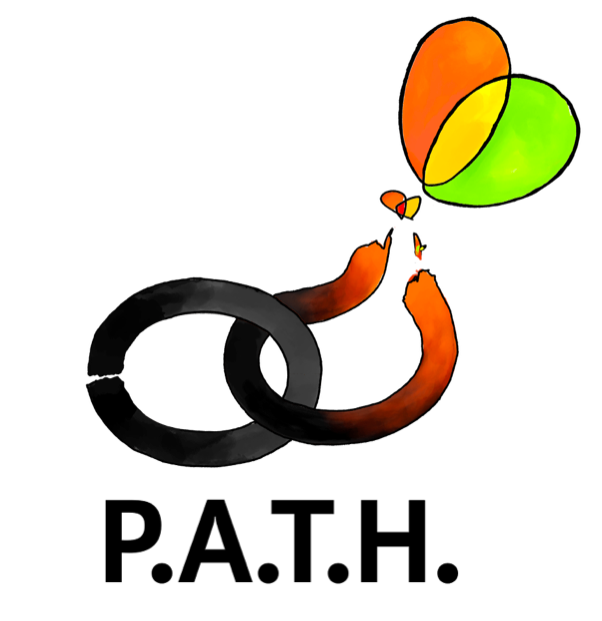Why are people so fascinated by owls? Is it because by their very persona and forward-facing eyes that these iconic birds of mystery closely resemble human beings the most? Or, is it due to our own perception of their sense of all-knowing and a feeling of deep wisdom? For centuries, owls have fascinated people and have been depicted in art, poetry literature and mythology.
Some Interesting Owl Facts:
Owls possess large, forward-facing eyes and ear-holes, a sharp hawk-like beak and flat face (a facial disc around each eye and a conspicuous circle of feathers, The stereoscopic nature of the owl's forward-facing eyes and binocular vision permits the greater sense of depth perception necessary for low-light hunting.
Owls can rotate their heads and necks as much as 270°. Unlike humans that have 7 neck vertebrae, owls have 14 neck vertebrae which makes their necks more flexible. But, what is so unique about their necks is that they also have adaptations to their circulatory systems, permitting rotation without cutting off blood to the brain. Birds (including owls) are the only vertebrates to have a fused collarbone (the furcula or wishbone) or a keeled sternum or breastbone.
There are a total of 216 species of owls, 18 of which belong to the Barn Owl family and 198 to the typical owl family (i.e., Strigidae).
In the USA, there are at least 19 species of owls and 16 types of these owls have been seen in Canada.
Enjoy!
Blessings,
Leslie Lakes, Director
Art Credits in Order of Appearance:
Mama and Baby Owls by David M. Shaw, Sr. (CA); Black Pen
Owl by Rudy Guerrero (CA) ; Colored Pastels
Snowy White Owl by Anthony J. Rojas (aka Tono) Colored Pens
Short Earred Owl by Manuel R. Sanchez (CA); Colored Pencils
Owl by Manuel R. Sanchez (CA) ; Colored Pencils
Owl by John Vantielen (OH); Colored Pencils on paper
Owl on Handkerchief by Roger (FL) Black pen
Owl on Handkerchief by Roger Edwards (FL); Black pen
Great Grey Owl by Robert Ramirez (CA); Colored Pastels
Owl by Josiah Barra (CA); Colored Pencils










